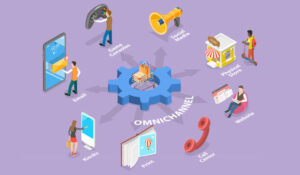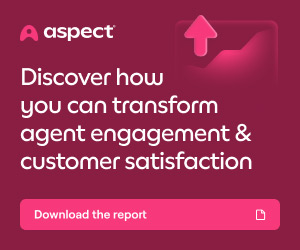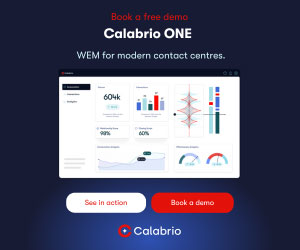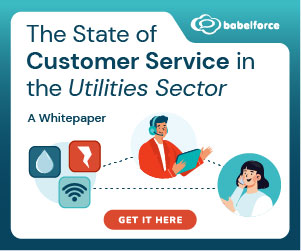Jamie Smith at UJET explores the myth of “omnichannel means offering more channels”.
MYTH 3
- The myth: “Omnichannel means offering more channels”
- The reality: Omnichannel means continuity, not just quantity
Let’s be honest. Most customer experience vendors claim to be “omnichannel” the moment they plug in an extra channel. SMS, chat, email, social, take your pick. But more channels don’t equal better experiences.
In fact, for customers, it often means more friction.
You start in the app. You get transferred to a live agent. They send you a follow-up email. And at every step? You’re starting over. Explaining yourself again. Repeating your issue. Reconfirming your identity.
That’s not omnichannel. That’s amnesia, with a fresh login screen.
Too many brands confuse “omnichannel” with “everywhere.” They think adding more touchpoints and channels is enough. But presence without continuity doesn’t matter if the experience keeps breaking every time someone switches lanes.
The result? Customers bounce between disconnected tools, repeating themselves at every turn. The app doesn’t talk to the agent. The chatbot doesn’t remember your email. The support team doesn’t see what happened in your last interaction.
Why call it customer experience when it’s customer exhaustion?
Here’s the truth: people don’t think in channels, they think in moments. And those moments don’t follow your org chart. They unfold across time, platforms, and contexts, and every time a customer has to start over, it chips away at trust.
True omnichannel means continuity. Memory. Context that follows the customer, not the other way around.
Rather than bolting on channels, some vendors are building continuity into the core product. Unified from the ground up, so every conversation carries context across touchpoints, across time, and across platforms.
When a customer moves from chat to phone, their preferences, history, and issues move with them. When they switch from app to email, the agent already knows what’s going on.
When they come back two weeks later, it picks up right where they left off.
The real shift? It’s transforming a better workflow into a better customer relationship.
This blog post has been re-published by kind permission of UJET – View the Original Article
For more information about UJET - visit the UJET Website
Call Centre Helper is not responsible for the content of these guest blog posts. The opinions expressed in this article are those of the author, and do not necessarily reflect those of Call Centre Helper.
Author: UJET
Reviewed by: Rachael Trickey
Published On: 30th Sep 2025
Read more about - Guest Blogs, UJET






 UJET leads the way in AI-powered contact center innovation, delivering a future-proof, cloud platform that redefines the customer experience with cutting-edge AI, true multimodality, and a mobile-first approach. We infuse AI across every aspect of your customer journey and contact center operations, to drive automation and efficiency. UJET's AI solutions empower agents, optimize customer journeys, and transform contact center operations for elevated experiences and actionable insights.
UJET leads the way in AI-powered contact center innovation, delivering a future-proof, cloud platform that redefines the customer experience with cutting-edge AI, true multimodality, and a mobile-first approach. We infuse AI across every aspect of your customer journey and contact center operations, to drive automation and efficiency. UJET's AI solutions empower agents, optimize customer journeys, and transform contact center operations for elevated experiences and actionable insights. 
































